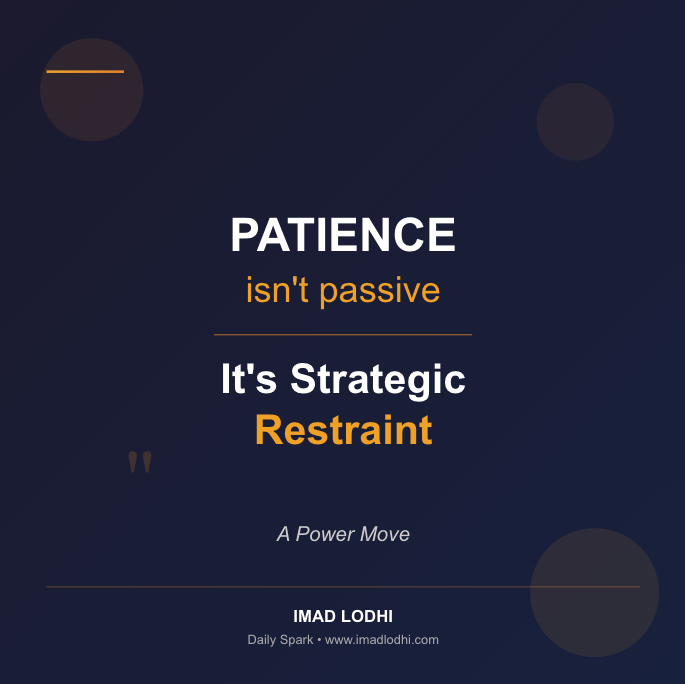Embracing Fear and Uncertainty: The Benefits and Limitations of a Positive Mindset
Individuals may have conflicting views on the best approach to dealing with fear and uncertainty, with some advocating for a more positive, proactive mindset focused on potential opportunities and outcomes, and others emphasizing the importance of being realistic and considering potential risks and challenges.
This disagreement can lead to confusion and frustration, as individuals may feel torn between these competing perspectives and unsure of how to navigate uncertain situations in the best way.
By taking both a supportive and opposing view of the statement "stop being afraid of what could go wrong, and start being excited about what could go right," individuals can consider both the potential benefits and limitations of this approach. This can help them to find a balanced, nuanced approach that takes into account both the potential opportunities and the potential risks and challenges, allowing them to make informed decisions and move forward with confidence.
When it comes to dealing with fear and uncertainty, it can be tempting to try and push these negative emotions out of our minds and focus solely on the potential opportunities and positive outcomes. The statement "stop being afraid of what could go wrong, and start being excited about what could go right" encapsulates this approach, encouraging individuals to embrace a more proactive, positive mindset.
However, while this mindset can certainly have some benefits, it is important to also consider the limitations and potential risks of this approach. In this blog, we'll explore both the supportive and opposing views of this mindset, helping you to find a balanced, nuanced approach to dealing with fear and uncertainty.
The Supportive View: The Benefits of a Positive Mindset
One of the main arguments in favor of the statement "stop being afraid of what could go wrong, and start being excited about what could go right" is that it can help individuals to break free from fear-based thinking and take bold, proactive steps towards achieving their goals. When we're focused on the potential negative outcomes, we may be less likely to take risks or step outside of our comfort zone, which can hold us back from reaching our full potential.
On the other hand, when we focus on the potential positive outcomes and opportunities, we may be more likely to feel motivated and excited about taking on new challenges. This positive mindset can help us to approach uncertain situations with confidence and resilience, rather than being held back by fear and anxiety.
In addition, a positive mindset can also have a number of other benefits, including:
- Improved mental and physical health: Studies have shown that a positive mindset can have a positive impact on our physical and mental health, reducing stress and anxiety and boosting our immune system.
- Greater success and satisfaction: By focusing on the potential positive outcomes and opportunities, we may be more likely to achieve our goals and experience greater satisfaction and fulfillment in our personal and professional lives.
- Better relationships: A positive mindset can also help us to build stronger, more positive relationships with others, as we are more likely to approach interactions with a positive, open-minded attitude.
The Opposing View: The Limitations and Risks of a Positive Mindset
While a positive mindset can certainly have many benefits, it is important to also consider the limitations and potential risks of this approach. One of the main arguments against the statement "stop being afraid of what could go wrong, and start being excited about what could go right" is that it can encourage individuals to ignore or dismiss potential risks and challenges, rather than facing them head on and making informed decisions.
For example, if we are too focused on the potential positive outcomes of a decision, we may be less likely to consider the potential negative consequences or to take necessary precautions. This can lead to poor decision-making and increase the likelihood of negative outcomes.
In addition, a positive mindset can also have some other potential limitations and risks, including:
- Inaccurate or overly optimistic thinking: By focusing solely on the potential positive outcomes, we may be more prone to inaccurate or overly optimistic thinking, which can lead to unrealistic expectations and disappointment when things don't go as planned.
- Ignoring or dismissing our own feelings: A positive mindset can also lead us to ignore or dismiss our own feelings and emotions, particularly negative ones such as fear or anxiety. While it is important to try and focus on the positive, it is also important to be aware of and acknowledge our own feelings and emotions. Ignoring or dismissing these feelings can lead to negative consequences, such as repressing or bottling up our emotions, which can have negative impacts on our mental and physical health.
- Limited perspective: Finally, a positive mindset can also limit our perspective and prevent us from seeing the full picture or considering all of the potential risks and challenges. By focusing solely on the potential positive outcomes, we may be less likely to consider other important factors or to think through the potential consequences of our decisions.
Finding a Balanced Approach
So, where does this leave us? Is it better to focus on the potential positive outcomes and embrace a positive mindset, or to be more realistic and consider the potential risks and challenges?
The answer, as with many things, is that it depends. Both a positive mindset and a more realistic, balanced approach have their own benefits and limitations, and it is important to find a balance between the two.
Here are a few tips for finding a balanced approach to dealing with fear and uncertainty:
- Acknowledge your feelings: It is important to be aware of and acknowledge your own feelings and emotions, including negative ones such as fear and anxiety. Rather than trying to push these feelings out of your mind, try to explore them and understand where they are coming from. This can help you to better understand and manage your reactions to uncertainty.
- Consider the potential risks and challenges: While it is important to focus on the potential positive outcomes, it is also important to consider the potential risks and challenges. Try to be realistic and think through the potential consequences of your decisions, taking the necessary precautions and making informed choices.
- Embrace a growth mindset: Rather than focusing solely on the potential positive outcomes, try to embrace a growth mindset that sees challenges and setbacks as opportunities for learning and growth. This can help you to approach uncertain situations with a sense of curiosity and resilience, rather than fear and anxiety.
- Seek support: Finally, don't be afraid to seek support and guidance from others when dealing with fear and uncertainty. Whether it's a trusted friend, a mentor, or a therapist, having someone to talk to and bounce ideas off of can be incredibly helpful in navigating uncertain situations.
Conclusion
In conclusion, while a positive mindset can certainly have many benefits, it is important to also consider the limitations and potential risks of this approach. By finding a balanced, nuanced approach that takes into account both the potential positive outcomes and the potential risks and challenges, you can better navigate fear and uncertainty and make informed, confident decisions.
Want to learn more about how to embrace fear and uncertainty with a balanced, nuanced approach? Subscribe to my blog to receive updates and insights on this and other topics! https://www.imadlodhi.com/subscribe



